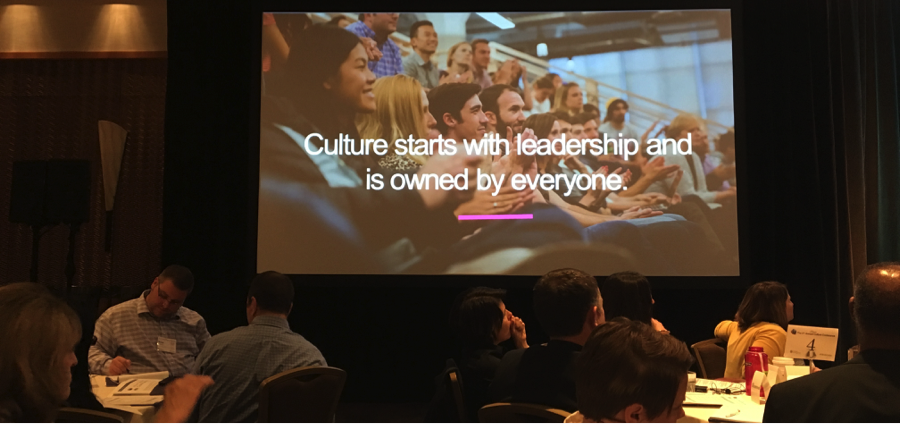During the 2nd Annual Ultimate Cultural Conference in San Francisco last week, I was again struck by the power of culture. Global thinkers from Intel, Google, Apple and Zappos were all unified in their message: If your culture is not fit for your business, your business is at risk.
It is well in tune with other business conferences around the globe; culture seems to be the most critical factor for taking leadership, making change and enable innovation in the business future.
After working nearly 20 years with values and culture in organisations of varying sizes, industries, public and private, international and domestic, there is one thing I know for sure: Culture has a huge impact not only on the short term business results, and for people and talent presently working there, but also for the future brand attraction and business growth.
Business culture must be seen in a context. The business challenges and strategy are the drivers and create the direction for the organisation. The culture is the enabler, the system that either powers your strategy or alternatively, put you on an expensive hold. And it is a leadership responsibility to know the difference, and track down the details.
As a leader, don´t believe that ”culture” is the final answer for your unsolved organisational problems.
Culture is excactly the opposite, it is the question where you start to explore the organisational details for what your culture is all about.
Cultural design is based on having models and insights to design your aspired culture. To do that successfully, you need to know where the actual culture is today. Leaders thus need to have the skills, competence and the right personal values to set the cultural agenda, lead the cultural design work and align their teams to co-create the cultural journey.
Cultural design is also about based on values such as empathy, trust, accountability and courage. How far can you stretch the existing culture to meet the business strategy before you start to wear out leaders and loose the best people? How much do you need to involve your team to have a good enough insight of what they need? This is value driven leadership in practice.
So how can you step up your cultural game?
Here are some tips for a start:
1) What kind of values and aspired culture does your business strategy require?
Every strategy requires something different from the organisation. What are the key challenges defined in your strategy, and what kind of organisational qualities do they require? Be aware of the possible need to do both operation and innovation. What kind of values do each part require?
2) What are the values, characteristics and drivers of your actual culture?
Every business has a culture, even if you don´t really know precisely what it is yet. There are values priorities, attitudes and actions that define the cultural characteristics. Make sure that mapping the culture is precisely done, not only based on asking people what they think. They are then likely to give you a mix of actual, normative and wishful answers. Your culture map also needs to be shared, to create the same understanding of where you are.
3) How can you fill your cultural gap?
When you have identified both your aspired and actual culture, you define your cultural gap. Once it is explicit what you need to do, involve the right trainers and developers to design training and development. Designing a cultural journey takes time and involve people. There will certainly be challenges, pushbacks and derailers when you ask people to reprioritize values. Done right, though, you will get great engagement. The business result is a culture to power your strategy.
Having a cultural strategy is equally important as having a financial strategy. The biggest difference is however, that when you need financial capital, you may go to the bank. The biggest question in the Ultimate Cultural Conference last week was, ”Where do you go when you need cultural capital?”









